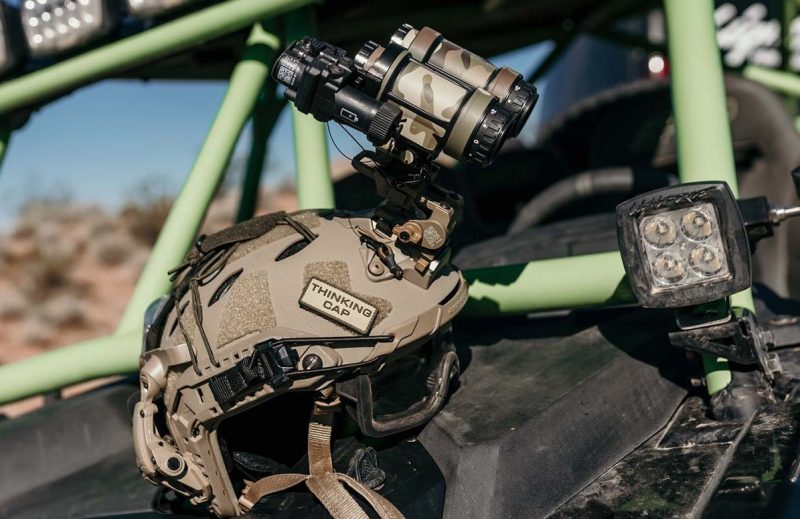
Over the years, night vision goggles have become a standard tool for military and law enforcement operations. However, their uses have diversified to include surveillance and outdoor leisure. These optical tools provide users the ability to see in dim or dark environments, exposing a hidden world when the sun goes down.
Let’s explore the different categories of night vision goggles that are available, each with a purpose.
Night vision glasses of the first generation (Gen 1)
The simplest and least expensive alternative is to use night vision goggles from generation 1. Both casual users and outdoor aficionados can utilize them. Gen 1 goggles enhance the light that is already there, allowing you to see in low light, but with a reduced degree of clarity and distance. They work well for close-range observations and leisure pursuits like camping and wildlife watching.
Night vision goggles from generation two (Gen 2)
Compared to Gen 1, Gen 2 night vision goggles function better. They offer visuals that are brighter, sharper and have superior range and resolution. Gen 2 goggles include improved image intensifier tubes that enable a wider range of uses, such as law enforcement, hunting, and surveillance.
Night vision devices from generation three (Gen 3)
For professional users, Generation 3 night vision goggles are the best available. They make use of cutting-edge image intensifier tubes that have an increased range and outstanding clarity. Gen 3 goggles are perfect for use in law enforcement, military operations, and other settings where accuracy and dependability are crucial.
Goggles for night vision and thermal imaging
Thermal Imaging goggles are a separate subset of night vision technology. Thermal goggles detect the heat released by objects and living things rather than enhancing existing light. They may therefore produce visuals in complete darkness. Due to their ability to identify heat signatures in all lighting situations, thermal imaging goggles are frequently employed in search and rescue operations, law enforcement, and hunting.
Goggles with digital night vision
Images are produced using digital night vision goggles using electronic sensors and screens. Compared to conventional night vision goggles, they are more lightweight and adaptable. Digital goggles may broadcast or record pictures and can be customized for a variety of uses. They are frequently employed for security purposes, wildlife monitoring, and leisure pursuits.
Night vision goggles with a bi-ocular and single lens
Both monocular and bi-ocular night vision goggles are available. With two eyepieces, bi-ocular goggles provide binocular vision and enhanced depth perception. The single eyepiece and smaller size of monocular goggles make them ideal for usage with one eye while the other is left uncovered. The user’s preferences and intended use will determine which of these two setups they prefer.
Helmet- and head-mounted goggles
You can wear night vision goggles on your head or in a helmet. Helmet-mounted goggles are fastened to a protective helmet, whereas head-mounted ones are often stabilized by a head strap. The decision is based on the user’s preferences and needs. For increased stability and hands-free operation, helmet-mounted goggles are frequently favored in military and tactical scenarios.
To conclude
The world of night vision goggles is diverse and caters to a wide range of needs and budgets. Whether you’re a professional in need of top-tier performance or an outdoor enthusiast looking to explore the nocturnal world, there’s a night vision goggle suited to your requirements.

Taylor is a freelance SEO copywriter and blogger. His areas of expertise include technology, pop culture, and marketing.













